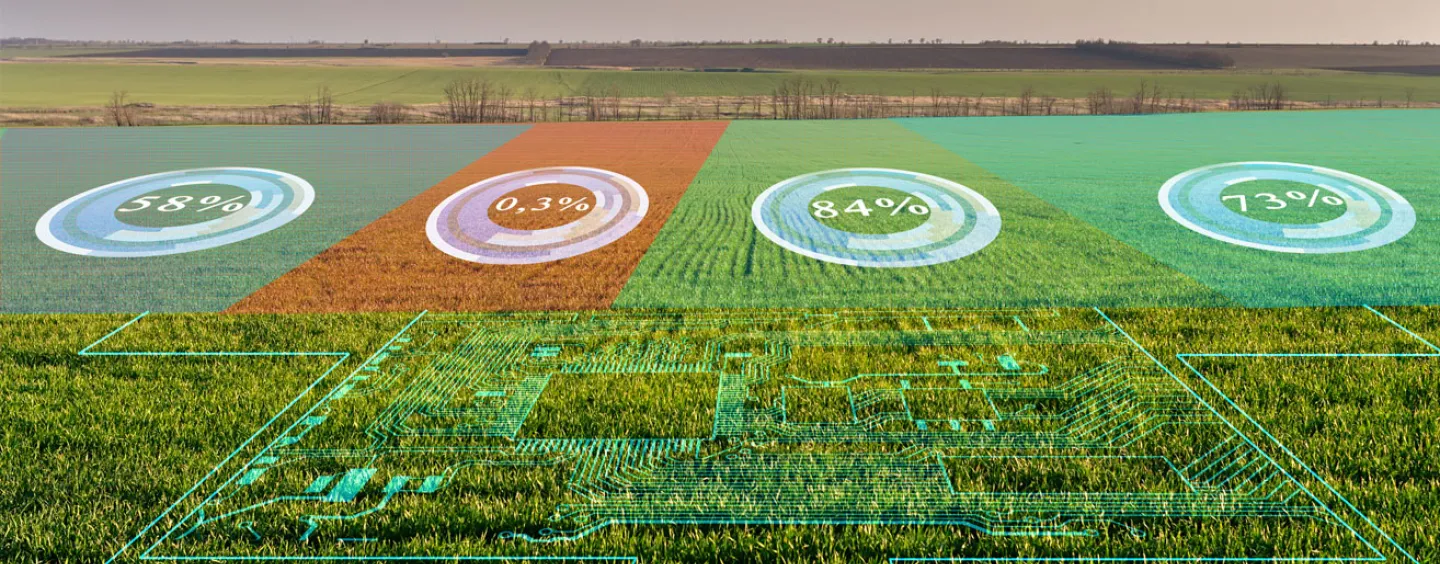The greatest technology push has been in precision agriculture (or site-specific management, SSM)—where sensing, information technologies, and mechanical systems enable sub-field crop management. Despite this push, acceptance by the agricultural community has been hesitant and weak, although most producers admit they will have to adopt SSM technology eventually.
Most see initial cost, uncertain economic returns, and technology complexity as limiting factors. Furthermore, in light of recent and anticipated regulatory requirements for nutrient release and water/air quality, many producers believe the environmental benefits of SSM might be the eventual driving force for technology adoption.
Nevertheless, small- and medium-sized producers have a distinct disadvantage over large producers. In high-volume agriculture, economies of scale and narrow profit margins provide an economic advantage to large producers. Furthermore, large producers tend to have more education and are less wary of technology than smaller producers. These characteristics of production agriculture suggest that most technological advances, including SSM, are not scale neutral.
Furthermore, the factors limiting SSM adoption generally, noted above, are also less problematic for larger producers, giving them an additional competitive advantage. One way for smaller producers to combat these competition trends is to create, or reach into, unique markets where their small size is an advantage. Value-added products expand the profit margin for producers who are positioned to provide enhanced value to consumers—which is more often the case for small producers who deal with small quantities of raw products and have more direct access to consumers.
In addition, smaller producers can become more competitive in a technology world by mitigating the barriers to adoption. By spreading the initial cost of technology over many producers and by sharing information about how to use the technology, smaller producers may have a better entrée into technology adoption and its benefits, which are currently held by large producers. University extension programs provide valuable educational and application assistance to help producers become more familiar with, and use, new technologies.

